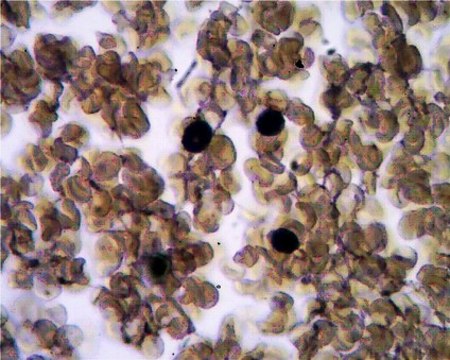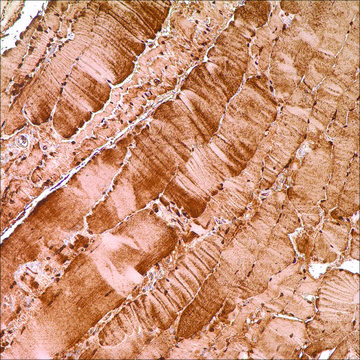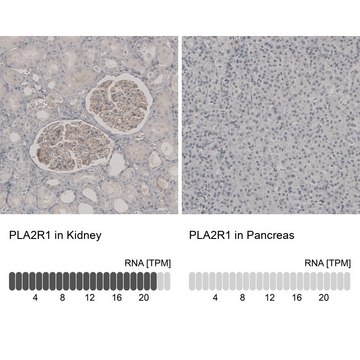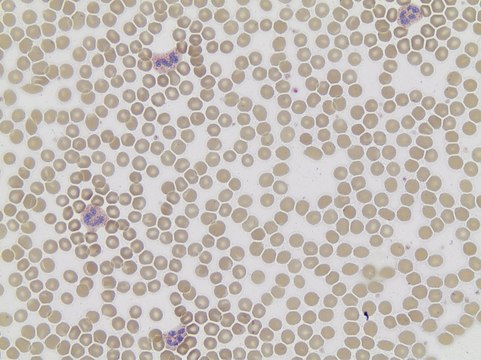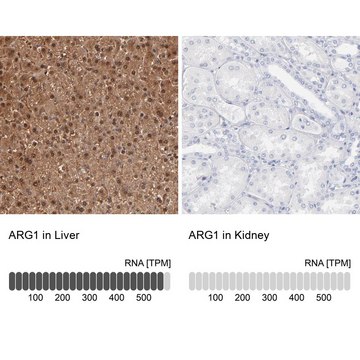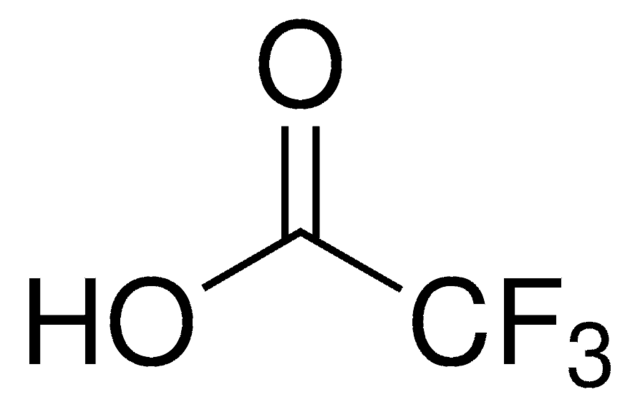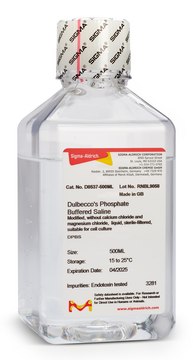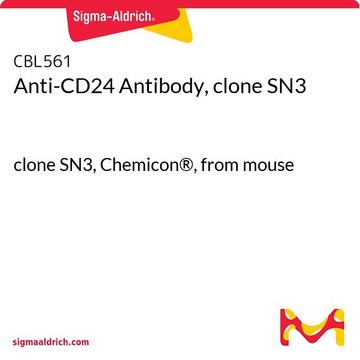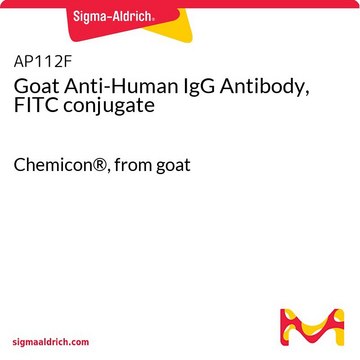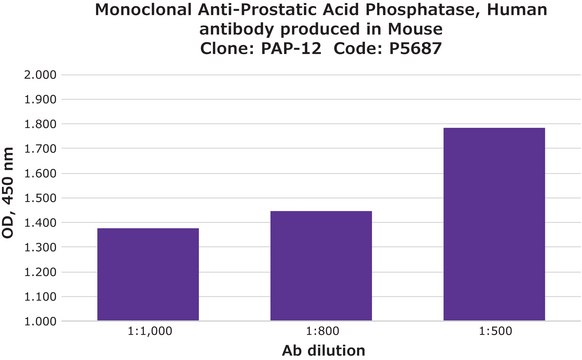Recommended Products
biological source
mouse
Quality Level
conjugate
unconjugated
antibody form
culture supernatant
antibody product type
primary antibodies
clone
9C5, monoclonal
description
For In Vitro Diagnostic Use in Select Regions (See Chart)
form
buffered aqueous solution
species reactivity
human
packaging
vial of 0.1 mL concentrate (341M-94)
vial of 0.5 mL concentrate (341M-95)
bottle of 1.0 mL predilute (341M-97)
vial of 1.0 mL concentrate (341M-96)
bottle of 7.0 mL predilute (341M-98)
manufacturer/tradename
Cell Marque®
technique(s)
immunohistochemistry (formalin-fixed, paraffin-embedded sections): 1:100-1:500
isotype
IgG2b
control
hairy cell leukemia
shipped in
wet ice
storage temp.
2-8°C
visualization
cytoplasmic
Gene Information
human ... ACP5(54)
General description
The histochemical identification of hairy cell leukemia via tartrate-resistant acid phosphatase assay has been a standard for over two decades. Anti-TRAcP labels the cells of hairy cell leukemia (HCL) with a high degree of sensitivity and specificity. Worthy also of mention in this regard are anti-annexin A1 and anti-CD11c. Other cells stained with anti-TRAcP are tissue macrophages and osteoclasts, which also express abundant TRAcP activity.
Quality
 IVD |  IVD |  IVD |  RUO |
Linkage
Physical form
Preparation Note
Other Notes
Legal Information
Not finding the right product?
Try our Product Selector Tool.
Regulatory Information
Choose from one of the most recent versions:
Certificates of Analysis (COA)
Don't see the Right Version?
If you require a particular version, you can look up a specific certificate by the Lot or Batch number.
Already Own This Product?
Find documentation for the products that you have recently purchased in the Document Library.
Our team of scientists has experience in all areas of research including Life Science, Material Science, Chemical Synthesis, Chromatography, Analytical and many others.
Contact Technical Service